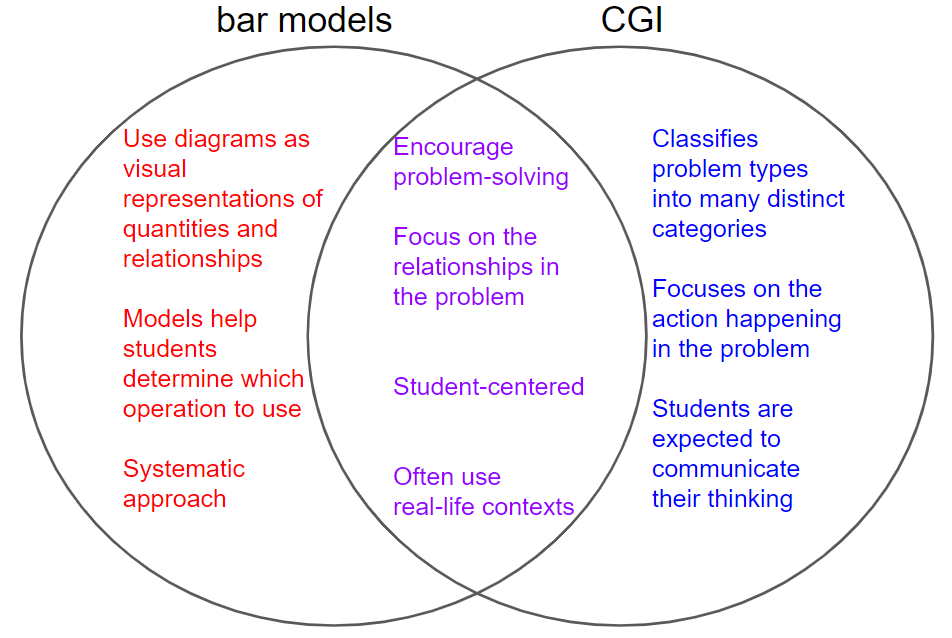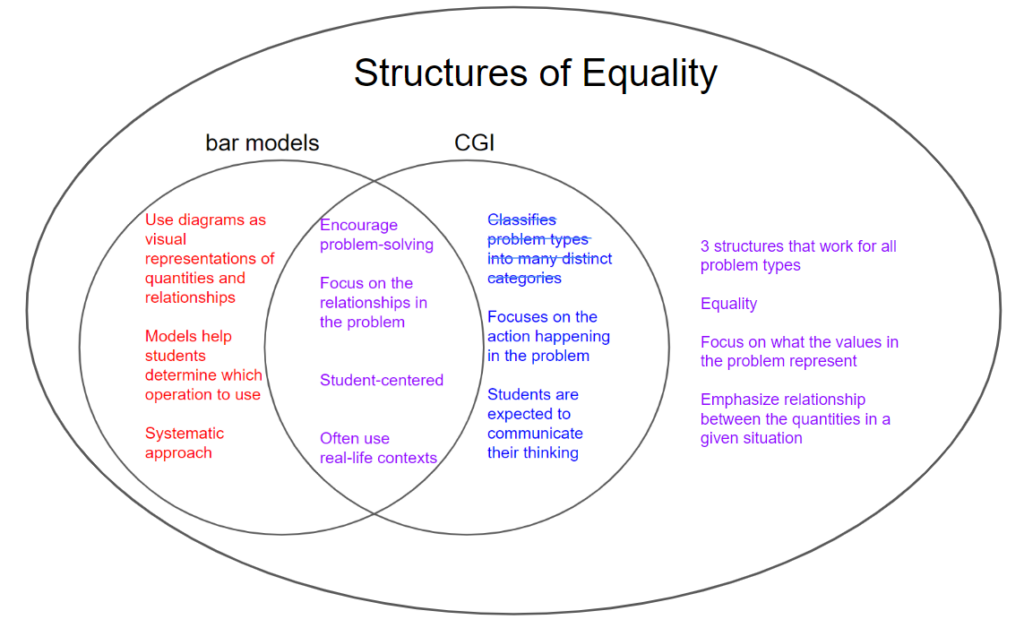November 1, 2023
There are a variety of approaches to help students who struggle with word problems in math. Many of these are commonly used strategies. While some are better than others, none are without their pitfalls. The biggest challenge? Helping students comprehend what is happening in story problems.
This is not a new problem. Teachers have been trying to figure out how to help their students understand what is happening in word problems for decades.
In a survey I launched to teachers across the US, a question I asked was: “When it comes to students solving word problems, what is your biggest struggle?”. Not surprisingly, there was one consistent theme:
- reading/literacy skills
- word problem comprehension
- students being able to figure out what to do
- understanding what the problem is asking
- having them understand the question being asked
164 out of 168 teachers stated an issue relating to reading comprehension as the biggest barrier to their students’ success*.
As I’ve shared with you before, I was in the same situation. I tried everything with my students. And so did the teachers I coached. But comprehension continued to impede our progress. We found some success with bar models and some success with Cognitively Guided Instruction (CGI), but we still weren’t reaching all our kids. And we knew we could be.
That’s how Structures of Equality (SoE) came to be. One of my first blogs was titled “If bar models and CGI had a baby, it would be Structures of Equality”. Today, we’re going to explore how I took the best characteristics of each and created a new problem solving tool.
The similarities and differences between bar models and Cognitively Guided Instruction (CGI)
To understand SoE, we must first consider how bar models and CGI compare as instructional tools. The diagram below is a simplistic representation of their characteristics, but gives us enough information to understand how they are similar and different. And how both were instrumental in the development of SoE.

If you’re interested in learning more about either approach, I’ve included a few resources for you at the end.
As you can see, both of these approaches encompass effective math practices and have a lot of great elements.
But there’s one problem. It’s possible for students to use bar models or CGI to successfully solve problems and still not understand what the problem is asking.
You might be wondering why this is a problem. Simply put, mathematics is about sense-making and reasoning. For example, a student might use these strategies and write an equation that matches the situation. But if that student makes an error when solving and is inaccurate in their calculations, they would have no way of knowing whether their solution makes sense.
What does all this have to do with SoE?
I took the elements in the above diagram, added in what was missing, and that’s how SoE were created.
As a refresher, a SoE is made of three crucial elements. They MUST have:
- values (numbers)
- labels (units of measure, the things you are counting…)
- equality
When a student includes all three, it indicates comprehension.

SoE is a reading comprehension tool, a framework that helps students visualize what a number story is about and the relationships within the story. Using this information, they are able to determine which of the 3 SoE structures matches the situation in the problem they are solving.
Implementing Structures of Equality in the classroom
I’ve provided a variety of resources in previous blogs and emails and will continue to do so. But I’ll be the first to tell you, using SoE in your classroom is not easy. It takes a lot of frustration and work up front to get students to the point where they can independently use the structures to comprehend story problems. This was certainly the experience of Jasmin Nabors, a 4th grader teacher in Durham, NC.


But once students understand how to use the tool, you’ll have a classroom filled with students (just like Jasmin) who:
- Are engaged in solving problems
- Gain confidence in their mathematical thinking
- Can independently solve any problem type in the Common Core elementary standards
If you’re not sure where to start, I recommend you begin with the foundations and build your way up to full implementation. Here are a few resources that can help you along the way:
CGI – Episode 1 of the Build Math Minds podcast
Bar models – guidance document from the National Centre for Excellence in the Teaching of Mathematics
What’s Next?
Next week, we’ll look at a story problem that can be represented with a Parts Equal Total diagram and talk a bit more about how SoEs were inspired in part by CGI.